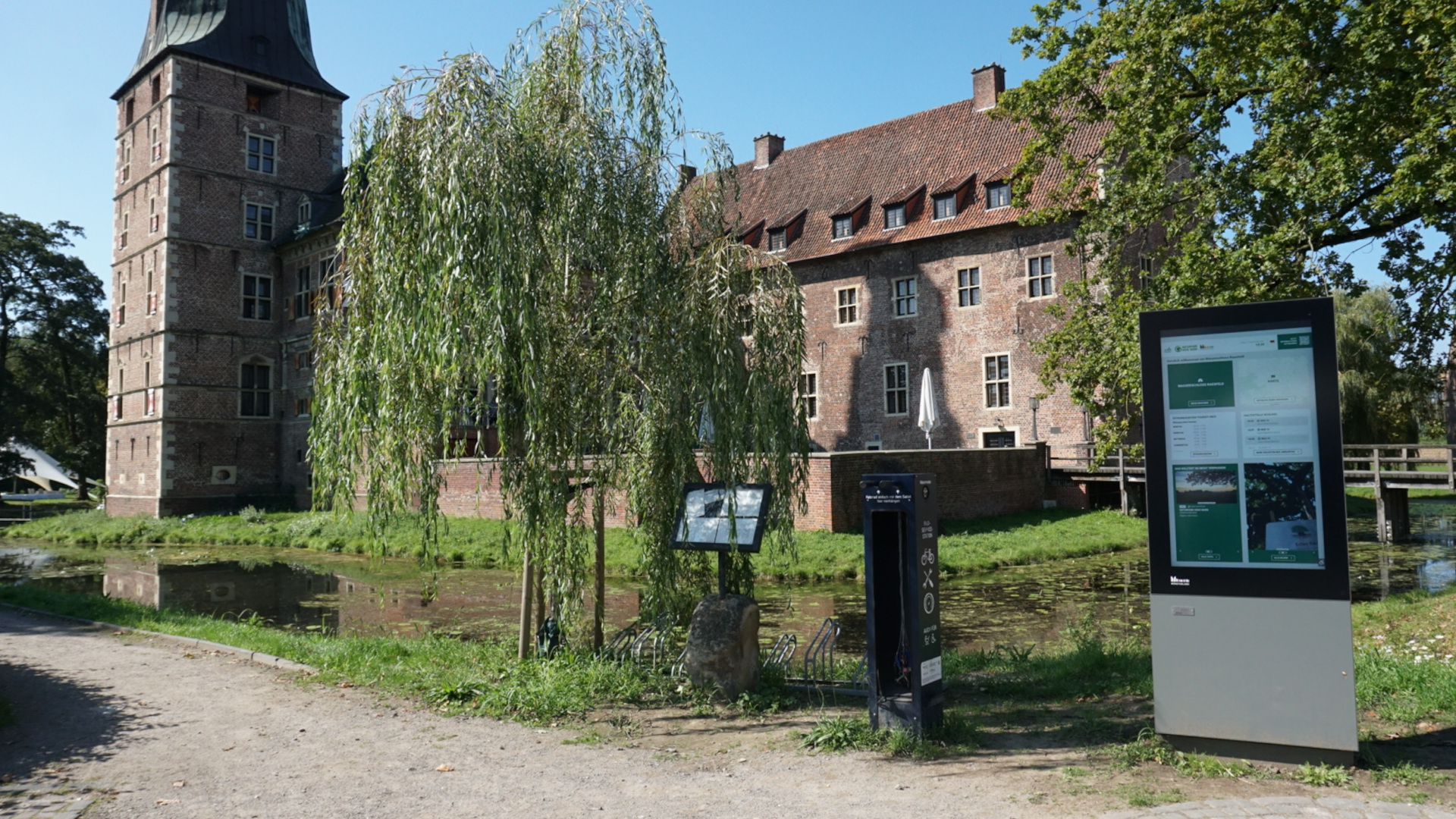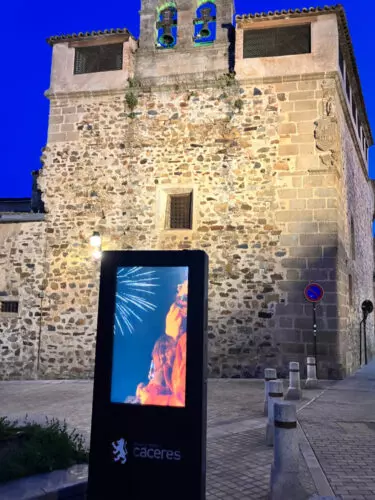Digital signage networks help cities transform into smart cities - as a trip through Europe showed. However, green signage should always be taken into account.

Europe Roadtrip: Green Signage for Smarter Cities
The recently concluded European summer travel season proved to me once again that digital signage has become a natural part of the urban landscape, whether its purpose is advertising, wayfinding or as a citizen information hub. I spent 3,900 kilometres on the road, travelling from Scandinavia to Southwest Europe. As I stopped in smaller and larger cities, I could see that digital signage comes in very different forms and has started to contribute to making our cities smarter, more accessible and probably a little bit greener.
Let’s start in the north: the Nordic countries have traditionally had a strong focus on sustainability and smarter cities. For example, the Danish capital, Copenhagen, has installed intelligent LED road signs that adjust their brightness according to ambient light and traffic conditions. These signs are part of the city’s wider ‘Smart City initiative’ to reduce energy consumption and improve urban living conditions. Copenhagen is considered one of the most attractive cities to live in, and making the city smarter and more sustainable is at the heart of this strategy.
From Germany to Spain
Passing through Germany on our way to Spain and Portugal, we stopped in the small town of Raesfeld, near Münster. Surprisingly, they had installed a high brightness outdoor display near their main tourist attraction, the castle. The focus is more on traditional wayfinding, guiding tourists and citizens with a classic digital information board that combines city information with calendar, map and search functions.
About the Author
Daniel Oelker is the Green Signage expert of invidis. The invidis impact partner and former Zetadisplay CCO analyses the industry regarding its sustainability impact and writes regularly about the advancements on invidis.com.
In the ISE hometown, Barcelona, intelligent digital signage has been integrated into the city’s infrastructure for several years. These signs are energy efficient, use LED technology and are connected to the city’s IoT network. They provide real-time information to residents and tourists, including traffic updates, public transport schedules and emergency alerts.

Two hours north of Sevilla you find the historic city of Caceres where smart city ambitions are far away. Visual emotional effects are dominating with the obvious goal to charm the city’s tourists.
Digital Signage alone won’t cut it
If I could see a common denominator between the different countries I travelled through, it would be the evolution of usability for local communities.
While smaller cities tend to focus on the obvious – wayfinding and building the city’s reputation – larger cities have broadened the scope, using digital signage to incorporate smarter features as well as a tool to drive the sustainability agenda.
The increased visibility and importance of digital networks will lead to greater scrutiny of both return on investment and sustainability scores. If we compare the smart city discussion with energy efficient green signage projects in various other areas such as retail and corporate communications, I believe that focusing on functionality alone will not be enough to gain long-term commitment from political stakeholders and the public for further expansion of digital signage networks. Signage networks for cities will need to include more green signage aspects than before to avoid administrative and public opinion hurdles to further expansion.
And as the selective road trip through Europe showed, the learning curve will go from smaller to larger cities, but regardless of how a city and its digital signage network looks and where you are in Europe, digital signage in and for cities should always be more than just a pretty billboard, it should contain a clear strategic and sustainable focus.

